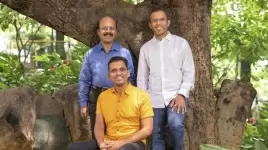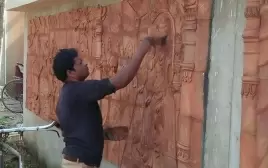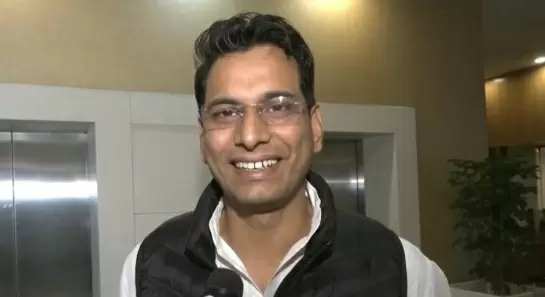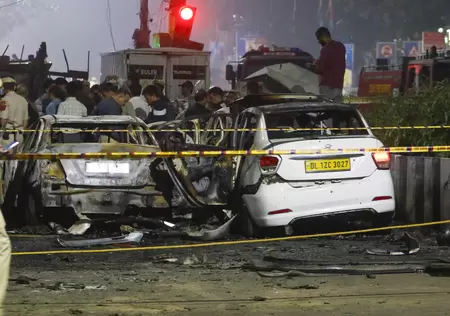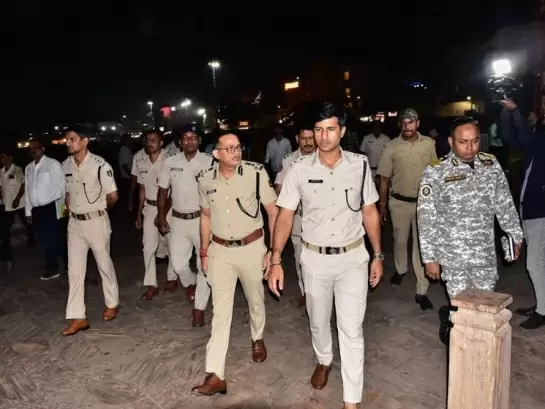Weavers stitched relief material when they were personally devastated and out of work
24-August-2015
Vol 6 | Issue 34
Rendered homeless by the devastating April 25 earthquake, Nepala's indomitable home-based women workers (HBW), who churn out the traditional hand-woven 'Dhaka' fabric, harnessed their exquisite craftsmanship to stitch relief material in the face of death and despair. Four months on, they are getting back to work to keep the legacy alive.
Around 2,800 HBWs working with the SAARC Business Association of Home Based Workers (Sabah Nepal) here are responsible for crafting the Dhaka fabric - unique geometrical patterns on pure cotton as well as natural fabrics from banana, nettle (called allo) and bamboo.
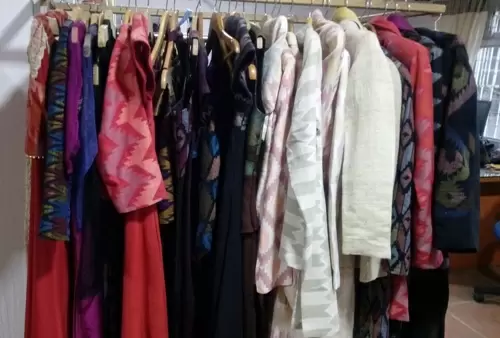 |
|
The Dhaka fabric is used to make designer jackets, dresses, blouses, kurtas and soft furnishings like cushion covers and bedsheets (Photo: IANS)
|
A metre of Dhaka takes up to five days to make, with most women putting in seven hours a day - either at their own homes or at community facility centres in areas like Bhaktapur, Bungmati and Khokhana.
These weaves and fabrics are combined with Indian silks and khadi (which are quite popular in the country) in modern cuts to generate a whole range of designer jackets, dresses, blouses and kurtas for the fashion-conscious Nepali women, in addition to soft furnishings like cushion covers and bedsheets.
The temblor however stripped the HBWs of their livelihood as buildings collapsed and their community centres crumbled around them.
"Initially, they were in complete shock. They lost their homes. But with psycho-social counselling, they started to overcome that trauma. To keep them engaged and take their minds off the tragedy, the women were given the task of stitching tents and kit bags," Mukta Shrestha, head of design at Sabah Nepal, told this correspondent.
So, they started to put together around 50 pieces of canvas-like heavy cloth of 12 ft x15 ft to produce makeshift tents while they themselves struggle to come to terms with their losses.
"We received orders for 5,000 kit bags which were distributed as dignity kits for women. Since we didn't have regular orders to give them, as business was completely down, they were occupied in stitching these relief materials," Shrestha said.
The earthquake claimed the lives of over 8,000 people, injured over 22,000 and displaced over 100,000. It also affected the livelihood of over 2.28 million households and pushed an additional 700,000 people below the poverty line.
"At that time, many couldn't come back to work. There was no way to communicate. But now, they are ready to start and more and more women want to do something to strengthen their livelihoods post the quake," Shrestha said.
Sabah Nepal is a membership-based social-business organization which works towards strengthening the livelihoods of financially deprived and marginalized HBW. Funded by the SAARC Development Fund it empowers women in four different skill sectors -- knitting, weaving, teaching and food.
Though the retail business is far from being normal, orders are coming in, she said.
Even as they recover from the tragedy, a fresh dilemma awaits - who will keep the art alive after they are gone?
The "scary part", Shrestha revealed, is that the younger generation is not too keen to continue in their footsteps.
"Most of the HBWs are between 35 and 45. The weaving is purely manual and requires sharp vision. If the younger generation do not follow up, then how will this art flourish? We are encouraging them to join this profession but most are now educated and want better opportunities," she added.
Natural disasters compound the problem for vulnerable groups, especially when there is no preparedness to deal with emergencies. Shrestha believed a cohesive community structure, such as that developed by the HBW, can help in regeneration of livelihoods.
In fact, the 'Strategic Framework for Resilient Livelihoods in Earthquake-Affected Areas of Nepal' report prepared by the International Centre for Integrated Mountain Development (ICIMOD), together with the National Planning Commission of the Nepalese government, stresses on promoting community empowerment through capacity building of community-based organizations, local government agencies and organizations and local businesses to participate in the livelihood recovery processes.
It also advocates creating employment opportunities for both women and men "equally in emergency employment and reconstruction processes".
(Sahana Ghosh was in Kathmandu at the invitation of Dhaka University's Refugee and Migratory Movements Research Unit (RMMRU) and Sussex University's Migrating out of Poverty Research Programme Consortium for a South Asian journalists' workshop on Media and Migration.)



